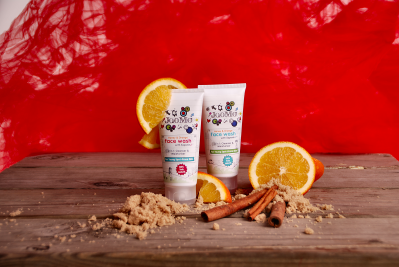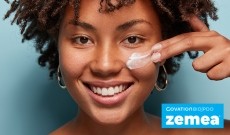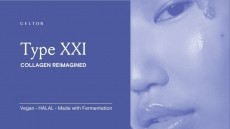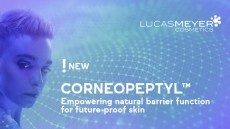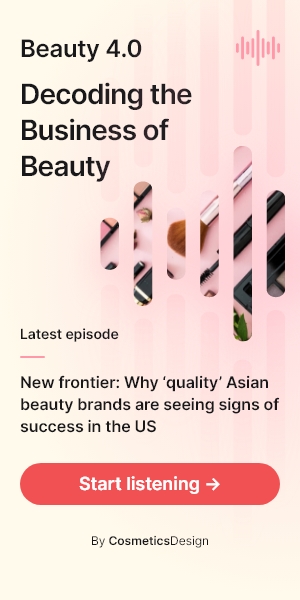Latest SCCS ruling finds Phenoxyethanol safe in cosmetics

The alternative for parabens is used as an anti-bacterial in cosmetics as well as a stabilizer in perfume.
The Scientific Committee on Consumer Safety was called on to run tests on the preservative following the submission of a risk assessment by the French Agency ANSM in 2012, which rose concerns about its effects on children.
Backstory
That report (Evaluation du risque lié à l'utilisation du phénoxyéthanol dans les produits cosmétiques) concluded that the maximum authorised concentration of Phenoxyethanol should be lowered to 0.4 per cent in cosmetics for children less than three years.
In addition, it advised that it should not be used in cosmetic products intended for their nappy area.
Then, in December 2013, Cosmetics Europe submitted a safety dossier in order to defend the current use of Phenoxyethanol as preservative in cosmetic formulations at a maximum concentration of 1.0 per cent.
By July 2015, the submission of data was complemented with a safety assessment tool, such as the physiologically based pharmacokinetic (PBPK) modelling, in order to provide a perspective on systemic exposure of phenoxyethanol in humans (absorption, distribution, metabolism and excretion).
Conclusion
- 1. Does SCCS consider Phenoxyethanol safe for use as a preservative with a maximum concentration of 1.0 %, taking into account the information provided?
The SCCS considers 2-phenoxyethanol safe for use as a preservative with a maximum concentration of 1.0%, taking into account the information provided.
- 2. The SCCS is asked, when making the assessment, to take into account the specific age groups who might be particularly susceptible to the effects of Phenoxyethanol used as preservatives in cosmetic products.
The toxicokinetics default factor of 4.0 can be reduced to 1.0 yielding a minimum Margin of Safety (MoS) of 25 instead of 100 for the safety assessment of 2phenoxyethanol. Therefore, the MoS of about 50 for children also covers this specific age group who might be higher exposed to 2-phenoxyethanol than adults.
- 3. Does the SCCS have any further scientific concerns with regard to the use of Phenoxyethanol in cosmetic products?
This Opinion does not take into account exposure from other sources than cosmetics.
